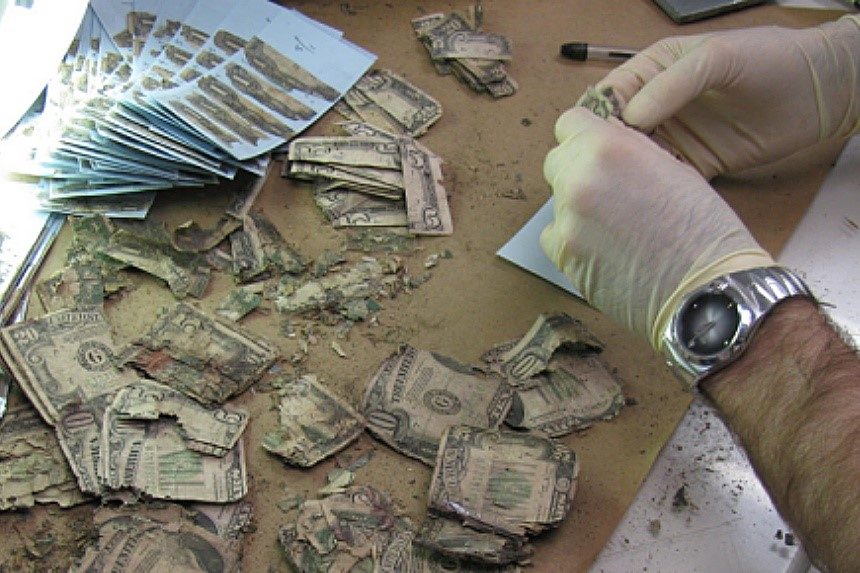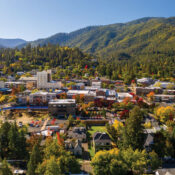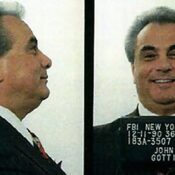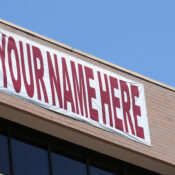Every day, the U.S. government prints 38 million currency notes. Most of these bills don’t increase the American money supply. They’re intended to replace worn out cash.
Our dollars are fairly durable. Composed of 75 percent cotton and 25 percent linen, they can withstand being folded in half over 4,000 times. But the average one-dollar bill only lasts 6.6 years, according to the Federal Reserve bank. Five- and ten-dollar bills wear out even faster (4.7 and 5.3 years, respectively).
And some notes don’t even last that long that long. Paper currency is often damaged by fire, water, chemicals, explosives, insects, mold, and dogs (which, for some reason, sometimes eat money).
Many Americans who buried their cash in the ground or in walls later returned to their stash only to find it had been eaten by bugs and worms. Buried money might not last ten years, and if it gets wet it can start molding in a few months.
Fortunately, the remnants of bills often retain their value. If more than half survives, it can be exchanged for a complete note at a bank. If the remnant is smaller, or so illegible that its value can’t be determined, it can be sent to the Mutilated Currency Redemption Division of the Bureau of Printing and Engraving. Every year, it receives more than 22,000 requests to examine damaged currency. The staff studies the bill and, if they verify its authenticity and value, will issue a check for the proper amount. Each year, this department reimburses currency holders $30 million, and the service is free.
The government isn’t replacing damaged bills simply as a nice gesture. It’s part of a policy of safeguarding the integrity of our money and ensuring that the value of a dollar rests on more than the physical note. And it’s not just important to Americans: most U.S. currency is held overseas.
International trade is heavily influenced by the U.S. dollar. It rests on principles established in 1944, when more than 40 nations created a new, global monetary system, which created a fixed exchange rate between currencies to expedite international trade. Under this arrangement, called the Bretton Woods Agreement, each nation would post a conversion rate of its money to a standard currency. The standard was the U.S. dollar, which was then backed by the world’s largest gold reserve.
Today, the dollar is no longer backed by gold. Yet the dollar remains an important monetary standard.
The central banks of nations all hold some foreign money for their international investments and transaction. The euro, yen, franc, pound, etc. are all used as reserve currencies, but none more than the U.S dollar; 59 percent of international reserves are in American money. This is one reason that oil, for example, is internationally priced in U.S. dollars.
It’s true that the dollar’s prestige has slipped. Back in 2001, U.S. dollars were 73 percent of global reserves. But no other currency is likely to replace the dollar’s dominance as the global reserve currency. It is, after all, the legal tender of the world’s largest economy, which contains considerable liquid wealth in private markets (private equity, venture capital, private credit, and real assets).
“It’s the only global currency,” Lydia Washington, a spokeswoman for the Bureau of Engraving and Printing, told WNYC. “You can’t take a euro everywhere. You can’t take a rupee everywhere.”
The dollar remains the most redeemable currency in world commerce because of the trust it has earned abroad. Part of that trust is the ability of the United States to pay its debts. And partly it is the assurance that holders of our currency will retain their wealth even if the bills that denote it are damaged.
Every day, packages of battered U.S. dollars arrive from people all over the world. Employees of the Bureau of Printing and Engraving spend hours piecing together shredded bills, matching burned fragments, or peeling apart a clot of soggy notes.
The Bureau also scans money that comes in from banks. Machines inspect the notes to verify their authenticity. They also examine their color, soundness, clarity, and integrity. If a bill doesn’t pass, it’s shredded. Contaminated money — notes that have become moldy from contact with water or soil — is burned to prevent the mold from spreading.
In 2019, the Federal Reserve produced more than 5,000 tons of shredded currency. This material is re-used as garden compost or incinerated to produce electricity. And each note is replaced a fresh one from the mint. Replacing all of those bills isn’t a trivial enterprise. Last year, the Bureau printed seven billion of them.
Featured image: Bureau of Engraving and Printing
Become a Saturday Evening Post member and enjoy unlimited access. Subscribe now




Comments
Fascinating article on an aspect of money most of us never think about. I have a few tape dispensers at home which I do use on occasion as needed, to repair torn currency. Sometimes one’s, but usually the $5 to $100’s. The last one doesn’t take much of a beating; no surprise there.
In the early 90’s I had a Boston Terrier that absolutely DID eat currency, and feel it was partly my fault. He was giving me the ‘guilt eyes’ of abandonment when I took a $5 out of my dress shirt pocket and said “This is why I have to leave you buddy, I’m sorry, but I’ll be back later for playtime, you know that!”
He saw, and got a whiff of the cash and put 2 & 3 together that that was his enemy. I then (not thinking) put it down on a low enough table as I was getting my tie tied and jacket on. I came home and found it ripped, torn and part of it missing. Nothing else was disturbed! On our walk (still light out) I ‘found’ the rest. He got it out of his system that time physically, but mentally I doubt it, and was never careless with cash like that again!